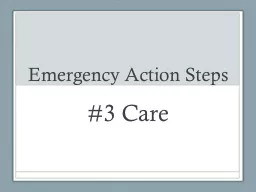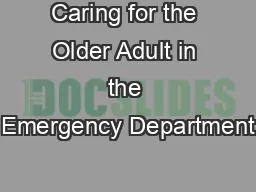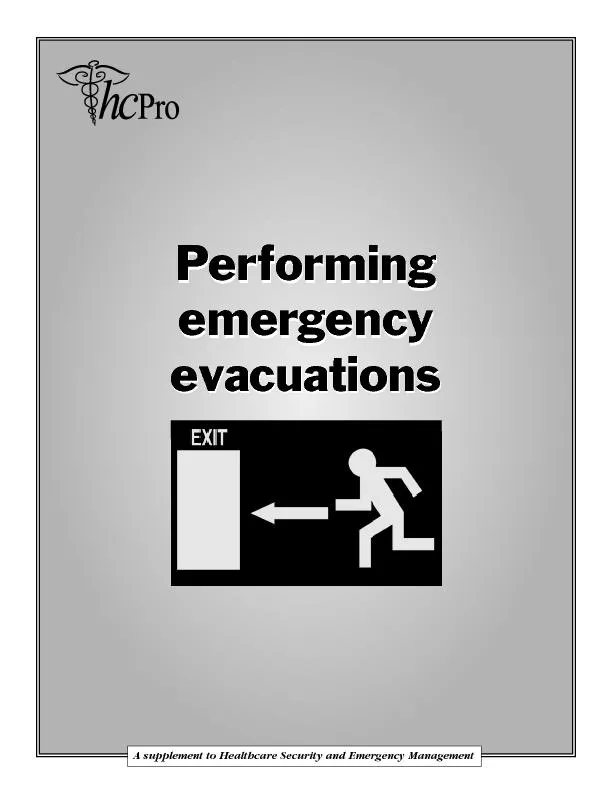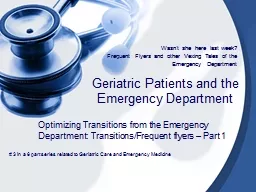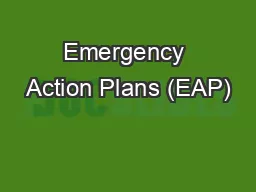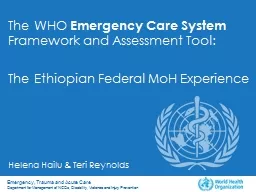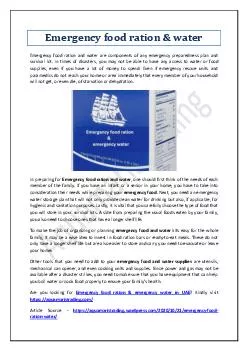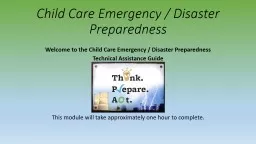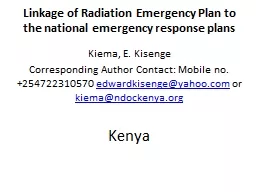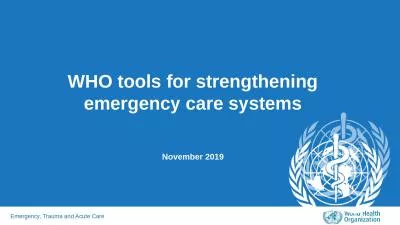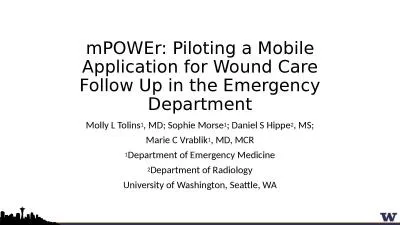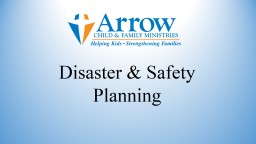PPT-Emergency Action Steps #3 Care
Author : lucy | Published Date : 2022-06-15
What to do Check The scene then the victim Call 911if the situation is life threatening Care For the victim Make sure to put on gloves if they are available before
Presentation Embed Code
Download Presentation
Download Presentation The PPT/PDF document "Emergency Action Steps #3 Care" is the property of its rightful owner. Permission is granted to download and print the materials on this website for personal, non-commercial use only, and to display it on your personal computer provided you do not modify the materials and that you retain all copyright notices contained in the materials. By downloading content from our website, you accept the terms of this agreement.
Emergency Action Steps #3 Care: Transcript
Download Rules Of Document
"Emergency Action Steps #3 Care"The content belongs to its owner. You may download and print it for personal use, without modification, and keep all copyright notices. By downloading, you agree to these terms.
Related Documents

